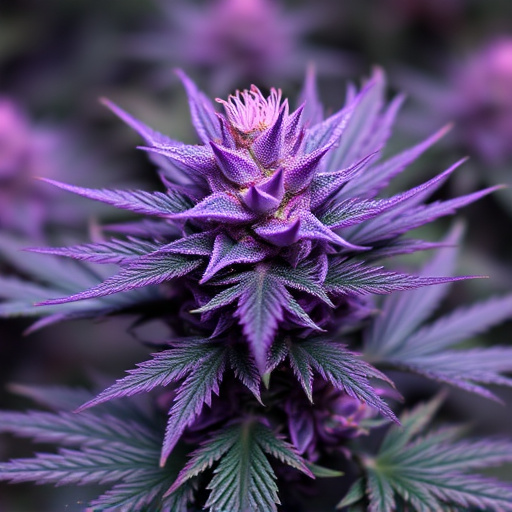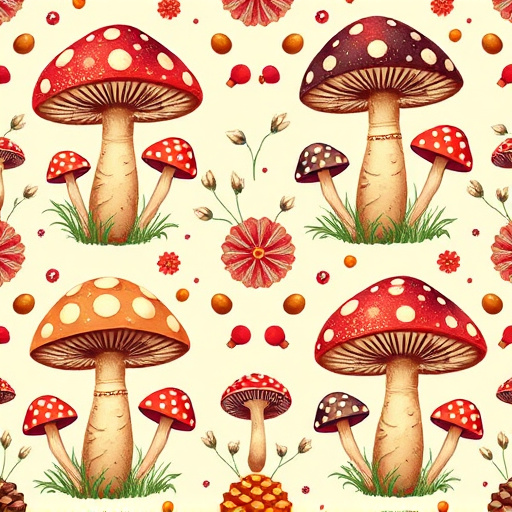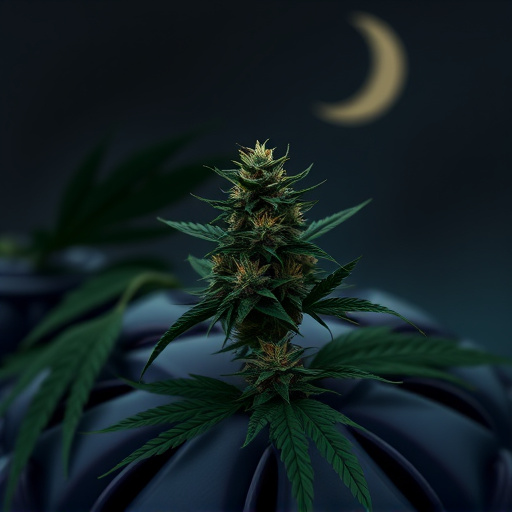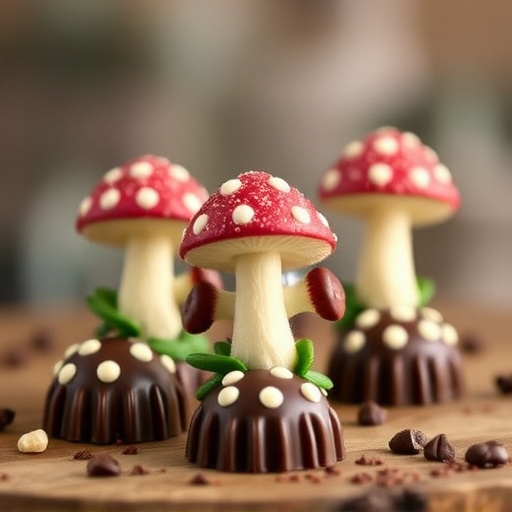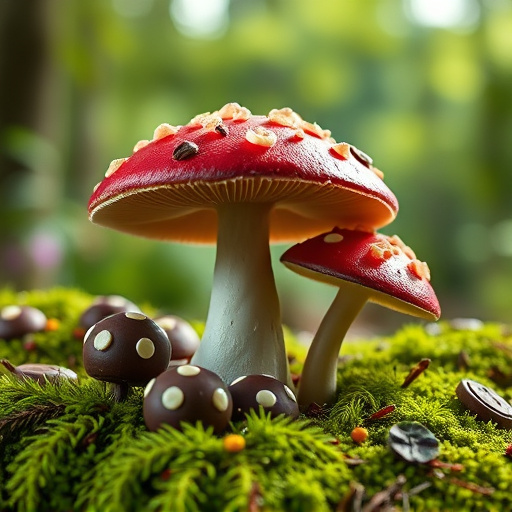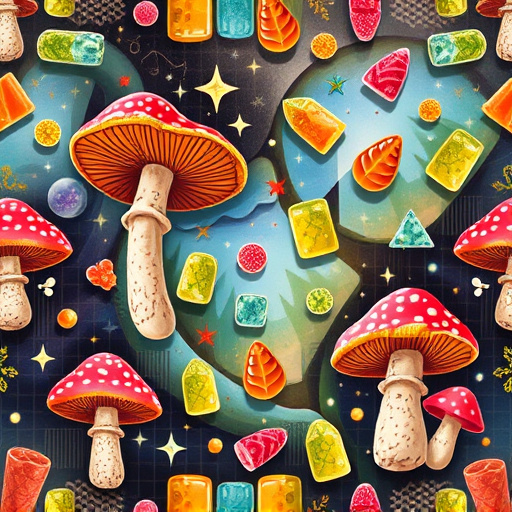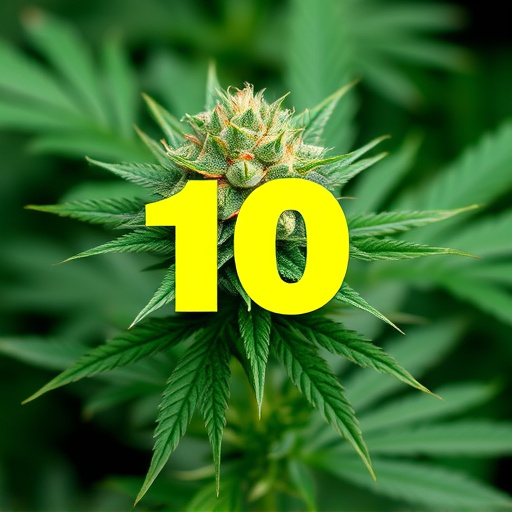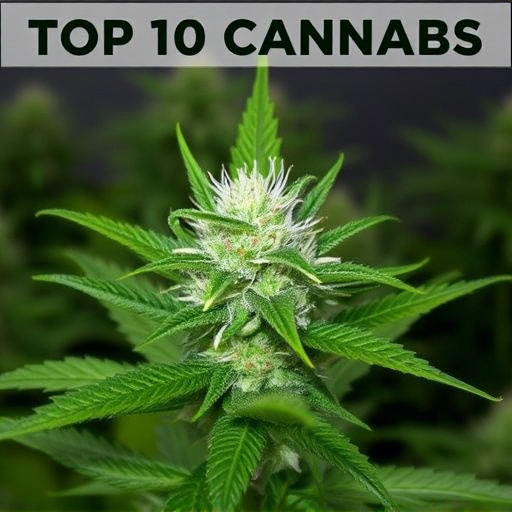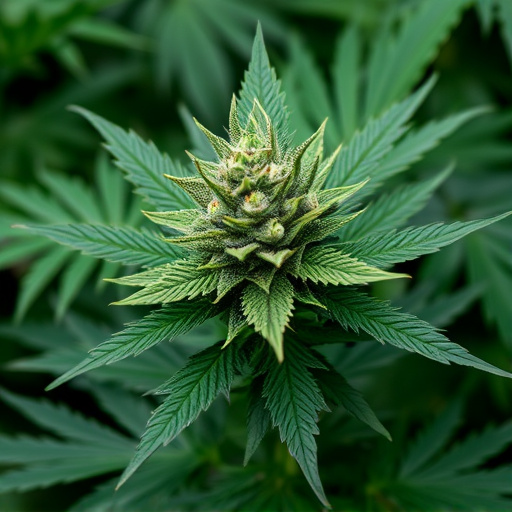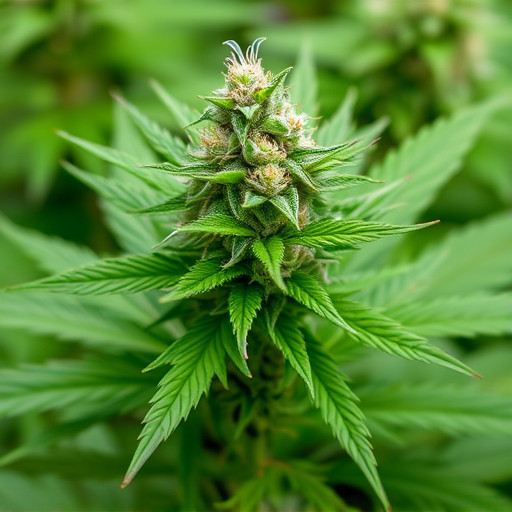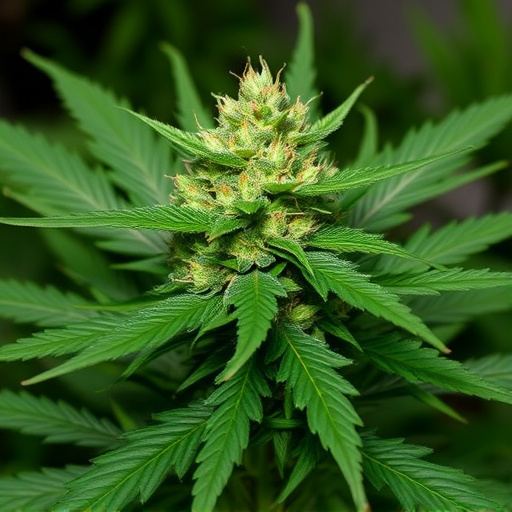Cannabis's appetite stimulation capability is attributed to its interaction with the endocannabinoid system, particularly through THC which binds to brain receptors, enhancing pleasure pathways and potentially speeding digestion. Specific high-THC top 10 strains of cannabis like Blue Dream and Pineapple Express are known for their appetite-boosting effects. This understanding opens possibilities for using cannabis therapeutically in treating conditions with appetite loss or dysregulation, as the "munchies" effect is rooted in neurochemical interactions within the brain's endocannabinoid system.
Cannabis flower’s ability to stimulate appetite, commonly known as “the munchies,” has intrigued users and scientists alike. This natural effect goes beyond mere curiosity, offering potential relief for individuals facing eating challenges. In this article, we unravel the science behind cannabis and its impact on appetite through the lens of THC interaction with the endocannabinoid system and neurochemical shifts. Furthermore, we present a curated list of the top 10 cannabis strains renowned for their appetite-boosting properties, providing insights into their unique profiles.
- The Science Behind Cannabis and Appetite Stimulation
- – Exploring the role of THC and endocannabinoid system in triggering hunger
- – Neurochemical changes that contribute to the munchies
The Science Behind Cannabis and Appetite Stimulation
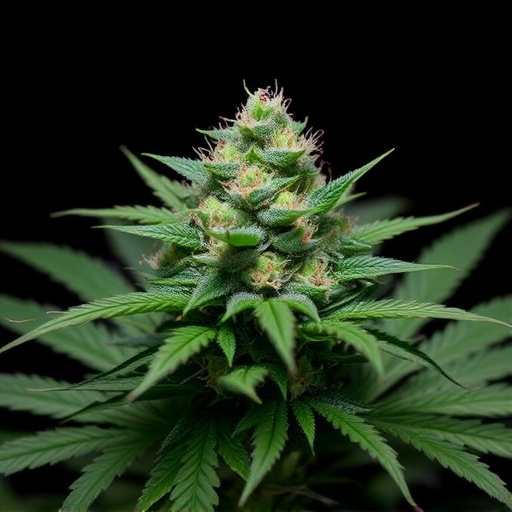
The science behind cannabis and appetite stimulation is multifaceted. Cannabinoids, like THC (tetrahydrocannabinol), interact with our endocannabinoid system, which plays a key role in regulating hunger and metabolism. When cannabis flower is consumed, these cannabinoids bind to receptors in the brain, triggering a cascade of events that can stimulate appetite. Studies have shown that THC can increase food intake by enhancing pleasure and reward pathways, making you more likely to seek out and enjoy meals.
In addition to direct effects on the brain, cannabis also affects the gut. Some research suggests that it can modulate gastrointestinal functions, potentially speeding up digestion and reducing feelings of nausea. This is particularly relevant when considering the top 10 strains of cannabis known for their appetite-stimulating properties, such as Blue Dream, Girl Scout Cookies, and Pineapple Express. These strains often have higher THC content, which can make them more effective at increasing hunger, but it’s not just about potency; specific terpenes and cannabinoid profiles also play a role in the overall appetite-boosting effect.
– Exploring the role of THC and endocannabinoid system in triggering hunger
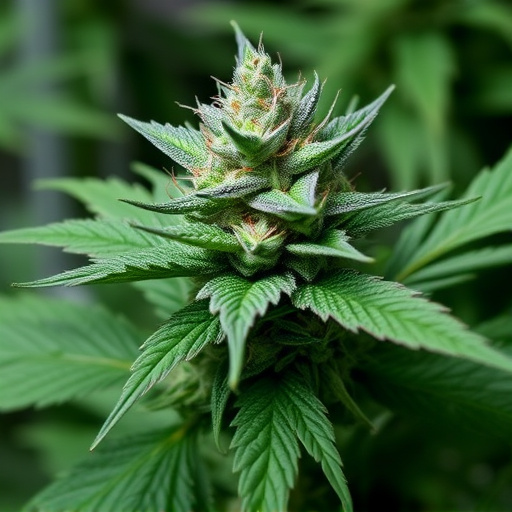
The relationship between cannabis and appetite stimulation is well-documented, with many users reporting increased hunger after consumption. This effect is largely attributed to tetrahydrocannabinol (THC), the primary psychoactive compound in cannabis. THC interacts with the endocannabinoid system (ECS), a complex cellular signaling network involved in various physiological processes, including regulating mood, memory, and appetite. When THC binds to receptors within the ECS, particularly CB1 receptors located in the brain and other parts of the nervous system, it can trigger hunger pangs.
Beyond THC, other compounds found in cannabis, such as cannabidiol (CBD) and terpenes, may also contribute to the appetitive effects. Some top 10 strains of cannabis known for their potent appetite-stimulating properties include Blue Dream, Girl Scout Cookies, and Pineapple Express. These strains not only contain high levels of THC but often have unique terpene profiles that further enhance the effect. Understanding the intricate dance between these compounds offers valuable insights into why cannabis can make you hungry and provides a foundation for future research exploring its potential therapeutic applications in conditions marked by appetite loss or dysregulation.
– Neurochemical changes that contribute to the munchies
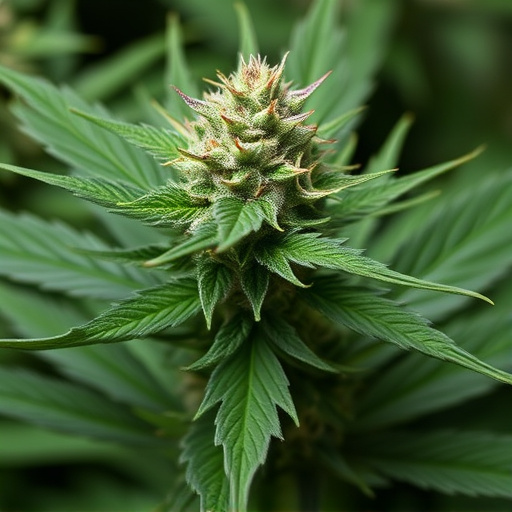
The phenomenon known as “the munchies” is a well-documented effect of cannabis consumption, leaving many curious about the science behind it. When cannabis flowers are consumed, especially from the top 10 strains known for their high THC content, it triggers a cascade of neurochemical reactions in the brain. One key player in this process is dopamine, a neurotransmitter associated with pleasure and reward. Cannabis interacts with the endocannabinoid system, which regulates various physiological processes, including appetite. This interaction can lead to an increase in dopamine release, creating a feeling of intense enjoyment and triggering hunger pangs.
The increased appetite is not solely due to dopamine; other neurotransmitters like serotonin and ghrelin also play a role. Serotonin, often referred to as the “feel-good” neurotransmitter, can be boosted by cannabis, contributing to a sense of well-being and potentially encouraging snacking. Ghrelin, known as the hunger hormone, is regulated in response to cannabis consumption, signaling the body to seek out food. Exploring the top 10 strains with varying cannabinoid profiles can offer insights into which compounds intensify these effects, providing an interesting perspective on understanding the munchies.
Cannabis’ impact on stimulating appetite, often colloquially known as “the munchies,” is a fascinating interplay of neurochemicals and the endocannabinoid system. THC, one of the primary compounds in cannabis, triggers specific receptors in the brain, leading to changes in neurotransmitters that regulate hunger. Understanding this science not only explains why cannabis use can leave you craving food but also opens doors to potential therapeutic applications. Exploring the right strains—from the top 10 cannabis strains known for their appetite-boosting properties—can provide relief for conditions where appetite suppression is a challenge, further showcasing the diverse benefits of this ancient plant in modern times.


